Eye Opener: Alexandra Harley
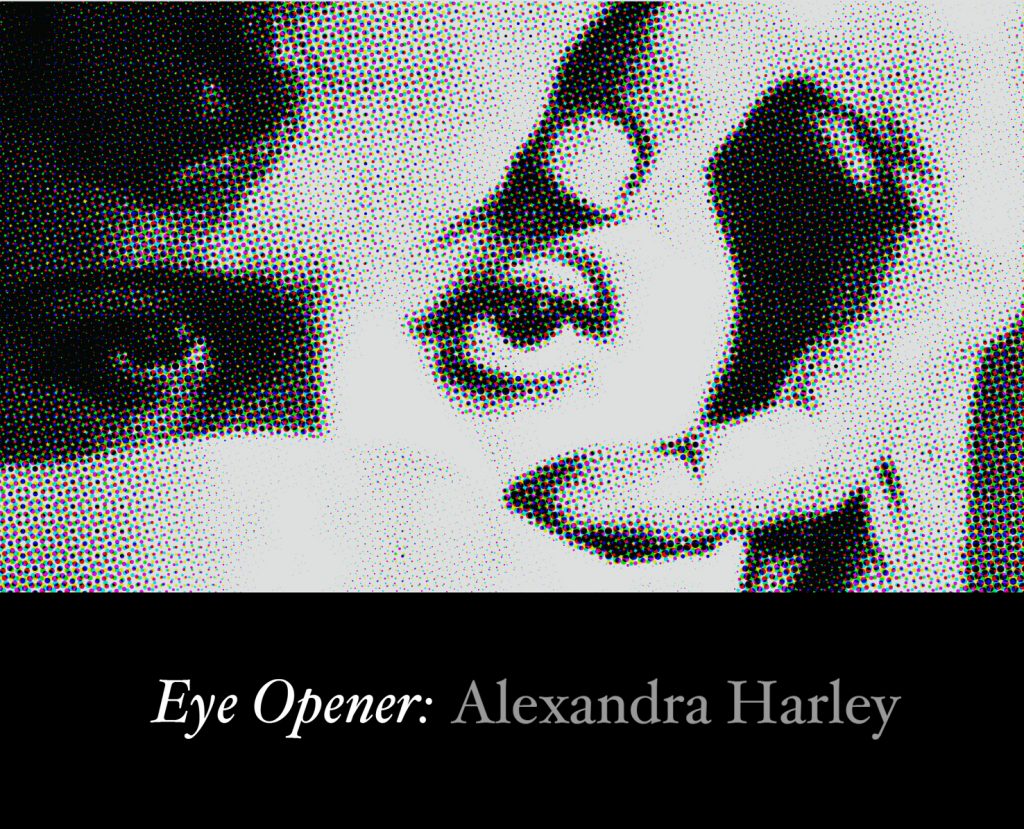
Sculptor Alexandra Harley tells how a trip to Stockwell Depot led to a close encounter with the ‘WOW!’ writ large…
Many, many years ago, I was a young and very naïve art student just starting out on my Foundation Course. I had arrived at Colchester School of Art with no real idea of what to expect; I hadn’t done much art at school, for a start; and so I had a lot of catching up to do. I had enjoyed textiles at school and I expected to carry on where I had left off…that is, until we did sculpture! It was a two-week module that I somehow extended until the end of the course. I was hooked. I had no idea what was going on or what I was doing, either; but I loved it. I relished the making and doing, so much so that I managed to block the plumbing with plaster, dug holes in the grounds for firing clay, created clouds of dust, yet somehow managed not to lose any body parts using the tools and machinery- although I came pretty damn close.

Staff at Colchester at that time were a remarkable team and, very much like a Degree course, we had a stream of excellent visiting tutors. Several were involved with the new, cutting-edge magazine ‘Artscribe’ and the department was buzzing with the latest shows and talk of then-current artists.
Someone- I am fairly certain it must have been the artist Ben Jones- suggested I should see a studio show at Stockwell Depot; so off I went. One look at the poster for the show, and then I set off for the train, armed only with a vague sketch map and a few sandwiches. This country lass had no idea just how vast London was, even then; I pitched up at Stockwell tube, fully expecting the locals to know where this artists’ studio was. Thankfully, during my wandering about I recognised the building from the poster.
Coming into the studios from the street was electrifying! This was no white-walled gallery; this was real, this was a place where artists worked and I was in awe. The sculpture was unlike anything I had ever seen. The whole of my student days seemed to be a continuous state of ‘wow, that’s amazing, what is it?’ and this show was that ‘WOW!’ writ large. The use of metal was extraordinary: in Peter Hide’s work, it was massive, chunky, laboriously cut with acetylene, and carried within it an overpowering sense of the exertions involved in its manipulation. I’d had no idea that work like this existed. It all felt so right: the improvised curving geometry and physical massiveness of Anthony Smart and Katherine Gili was utterly at odds with the flimsiness and stiffness of minimalism. It was dignified, self-assured, and so positive. I loved its exactness: everything in the right place.
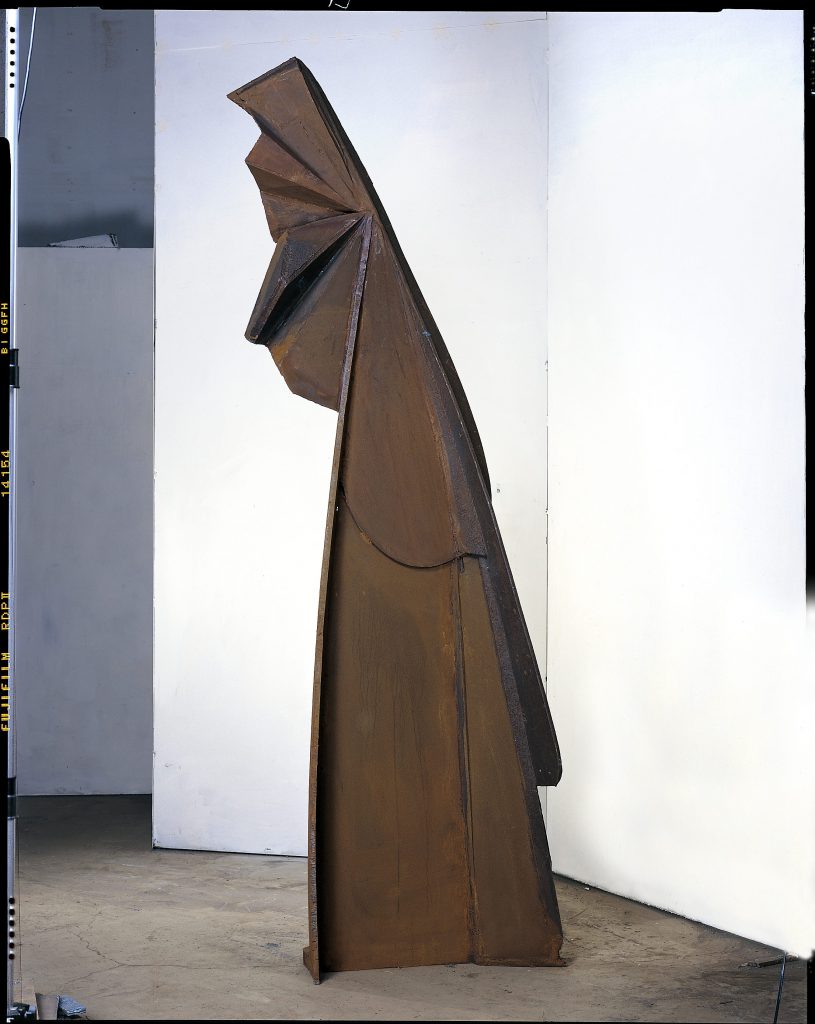
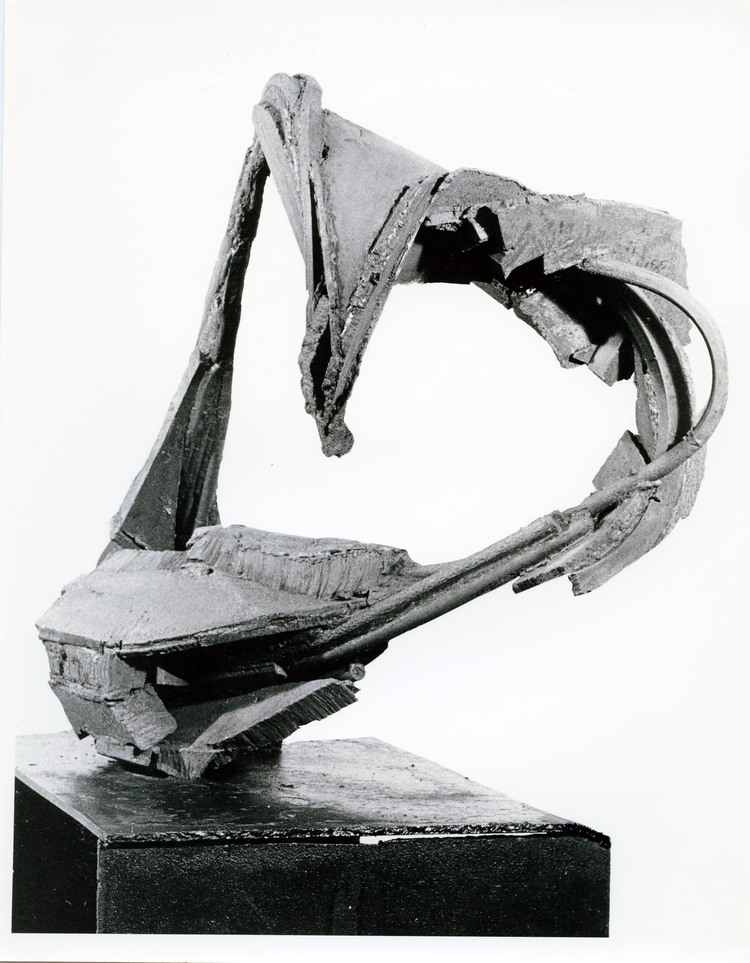

I applied to Wimbledon School of Art, again on the recommendation of Ben Jones. At that time, Wimbledon’s sculpture department was very much influenced by Caro, and male-dominated; apart from Gili I only remember one other female visiting lecturer, and the makeup of the student body was predominantly male. The gender thing was an issue for all the female students. When I went for interview, the flyer for the Stockwell show was in my sketchbook, and this prompted the question: did I think that Katherine Gili should be making different work from male sculptors? That is, sculpture that could be identified as being made by a woman? I forget exactly how I answered, but I can still recall what I thought at the time: that welded steel sculpture was far too heavy for any artist, male or female, to manipulate without recourse to heavy lifting gear; and as such, it was in no sense a male preserve; it was equally available- or otherwise- to both sexes.
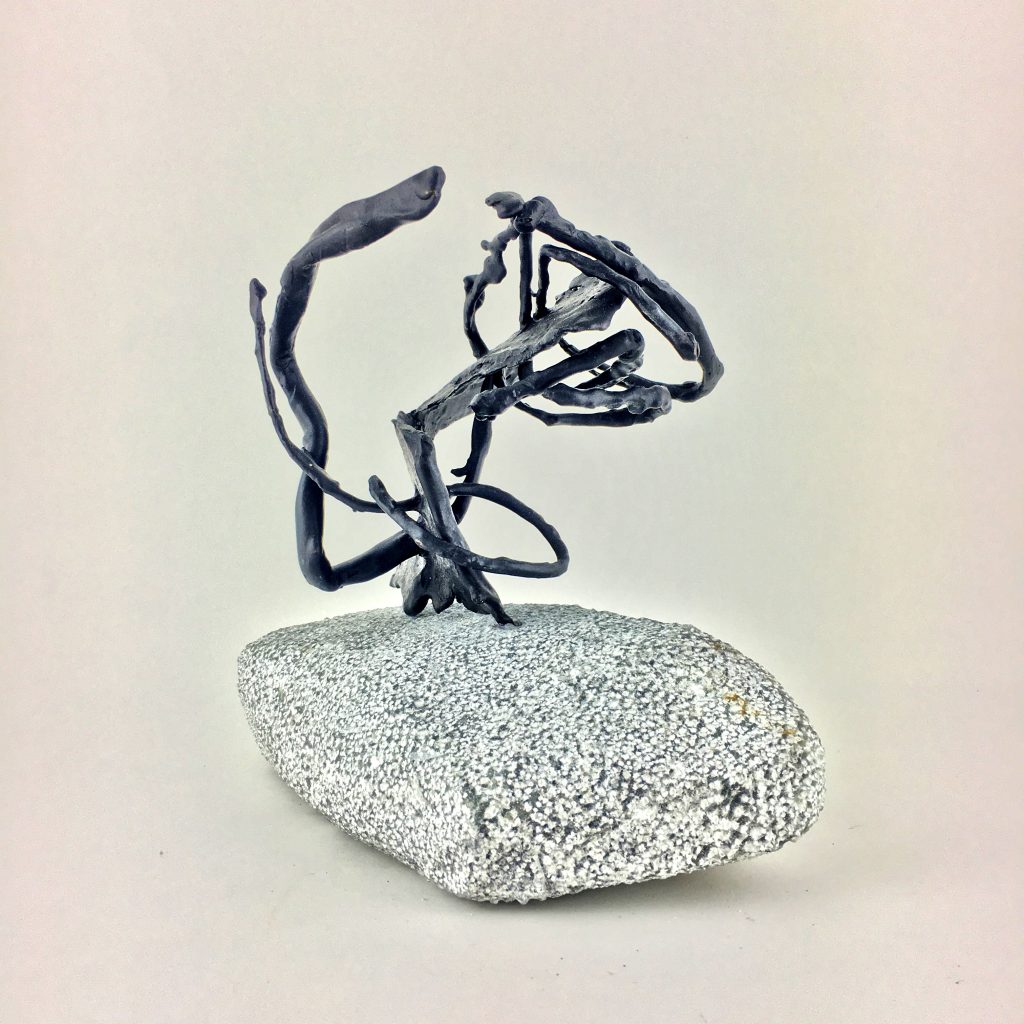
I had no desire then, and still do not now, to be defined as a woman artist, with any attendant patronisation. I wanted to be recognised for making good sculpture, regardless of the material I used. There were precious few women represented in galleries and the big institutions, and we all hoped that we would be ‘the one’ to be picked up by a gallery after college. This was a time before the internet and social media; and finding women artists in the art magazines was an extremely rare occurrence. Within a generation, Fine Art Departments (are there any Sculpture Departments left?) have become far more gender balanced, as are the big institutions. I still believe it will take another generation for there to be parity; but times are changing, thankfully.
And on that very topic…while I was at Wimbledon, we heard the whispered rumours that were doing the rounds: at Goldsmiths, just up the road, the sculptors’ favoured material was formaldehyde. The YBA’s had arrived, and change was in the air. Nevertheless, the Stockwell Depot artists, painters and sculptors, (some of whom taught me at Wimbledon and subsequently at St Martins) though no longer grabbing the headlines, have remained hugely influential for me personally; and, I would argue, for the wider art world.
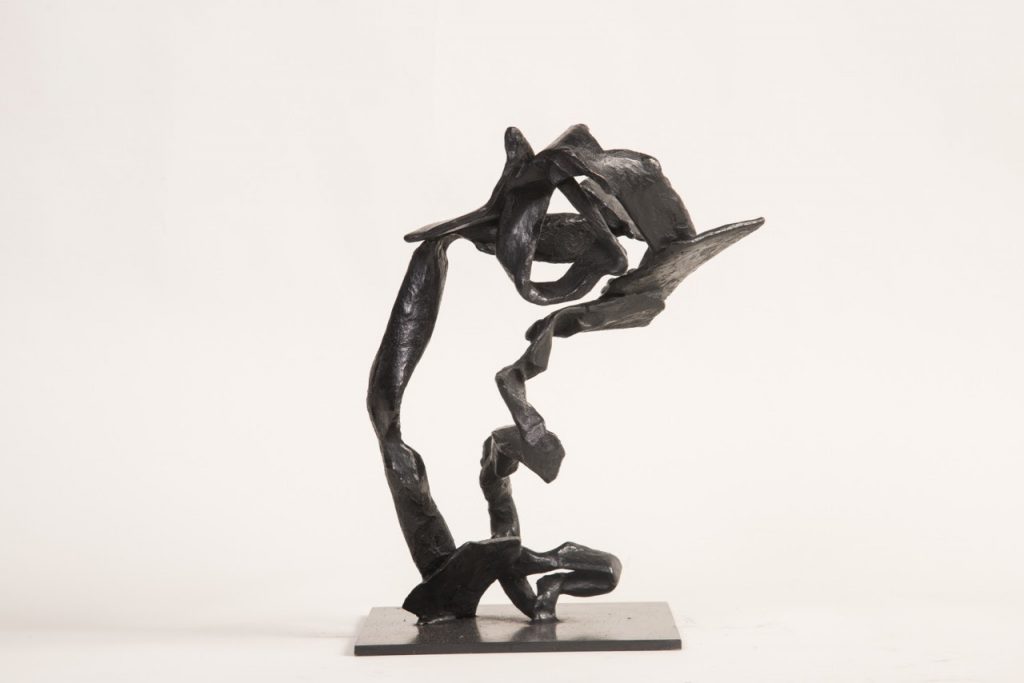
2 thoughts on “Eye Opener: Alexandra Harley”
Comments are closed.
Great to hear such fresh memories of Stockwell, which I also remember as scary and exciting in equal measure. I particularly remember the cold and dark, and the iron staircase leading to huge dank caves.The artists were hairy and aggressive, and I remember feeling a certain self-protective gene kicking in when Fred Pollock rounded on me in the pub opposite. The upper reaches of the building were lighter and more colourful, with John Mclean and Jenny Durrant on the top floor. I also remember having to step in front of Tony Caro at a crit, when Alan Gouk was about to, I don’t know what. There was a transatlantic flavour, as well as visits from Dominique Fourcade to Jenny’s studio. I moved in to Comber Hall round the corner and loved the banter and excitement. I met Mclean in the Serpentine gallery when he threw his stick at Tim Hilton, missed and hit me. He was extremely apologetic and we became firm friends.
I very much like the ‘Lledr’ piece, its vibrant and vivid colour. The folds and curves invite your eye to run over them like your hand might, it’s an exciting piece, the coiled energy awaiting to spring open; the threads that bind it, though, remind me of a child with boundless energy, maybe because of the free vibrant colour, but the ties are the rules that bind and shape and constrict. I like it very much.